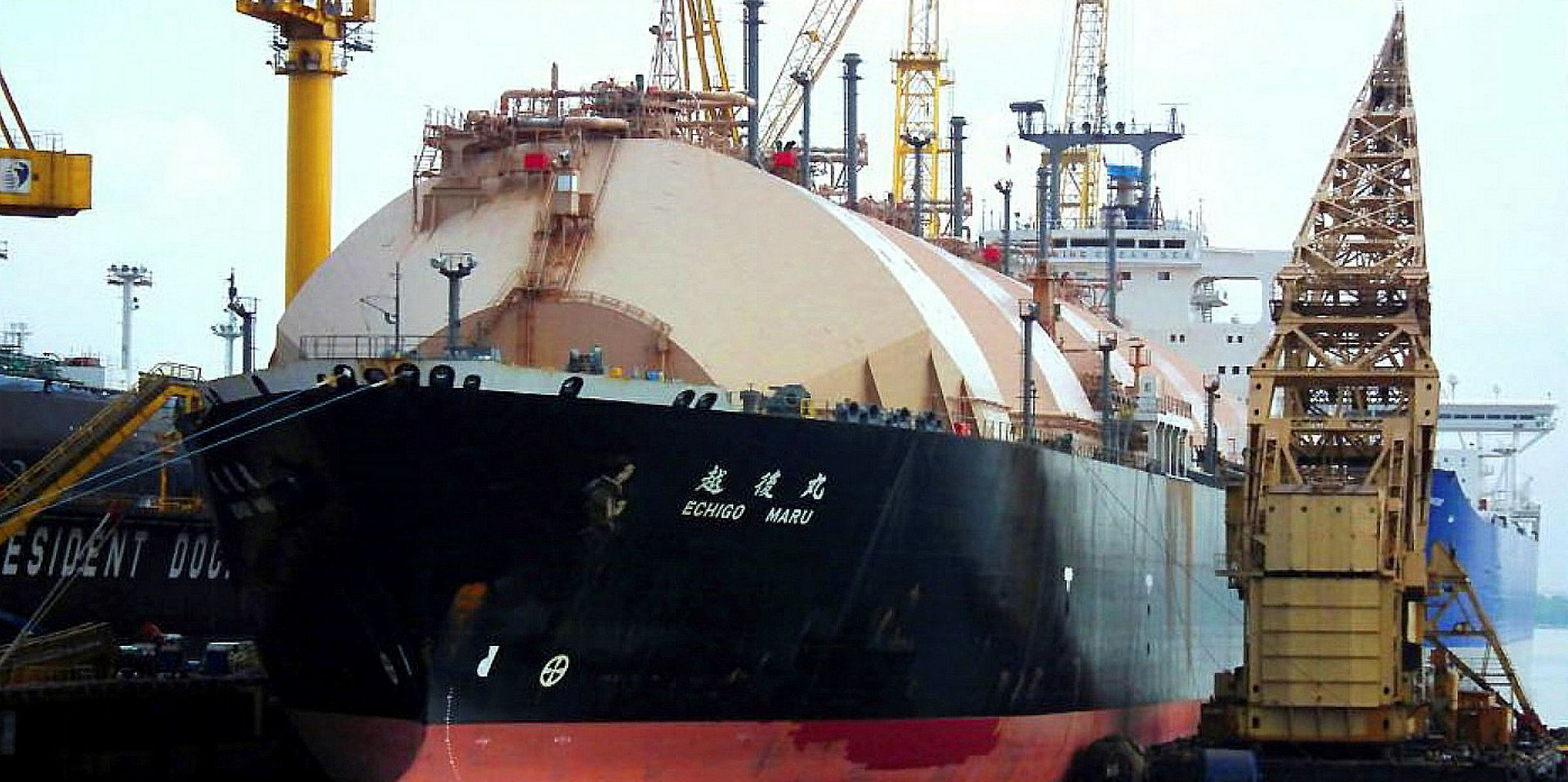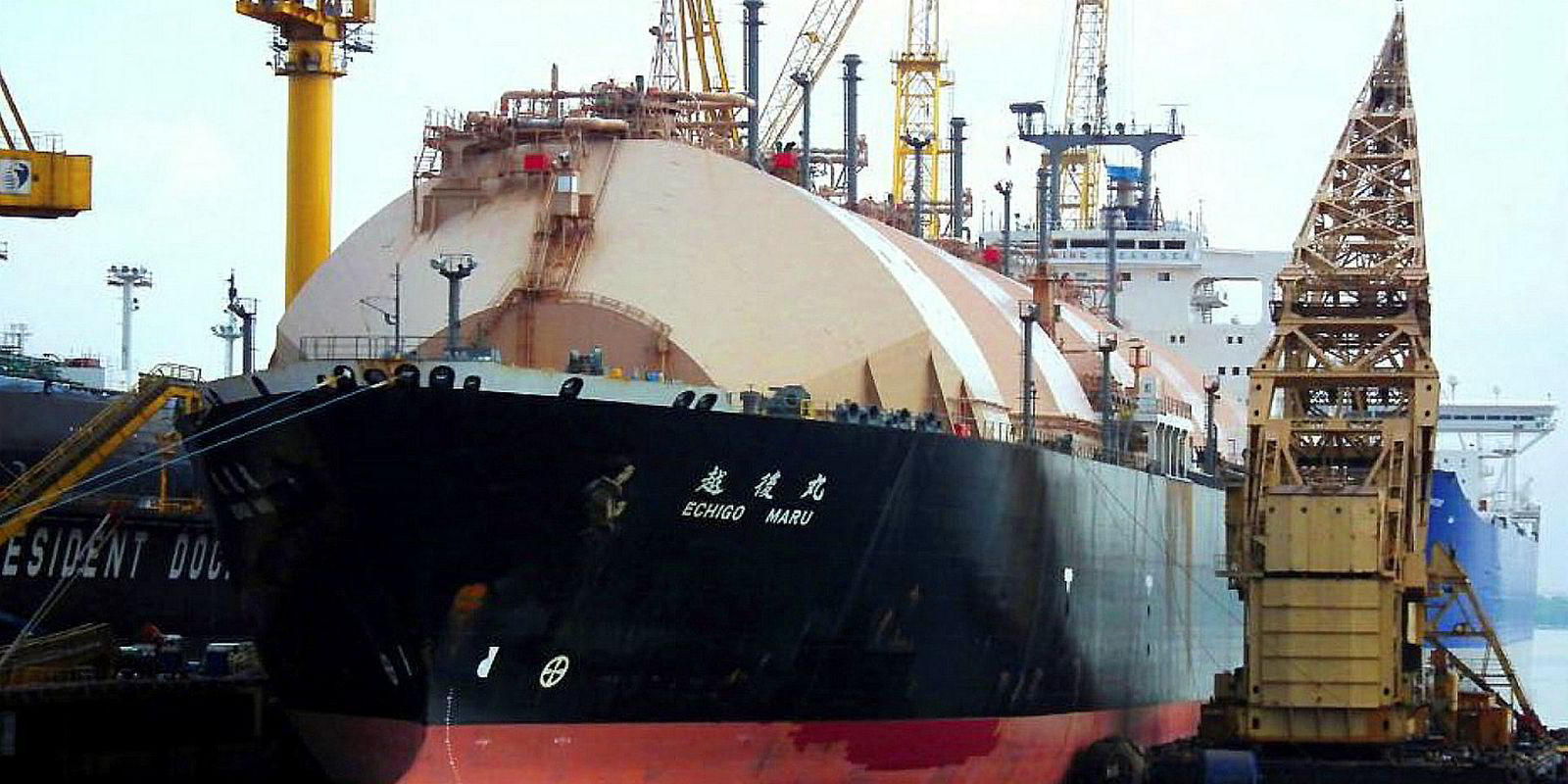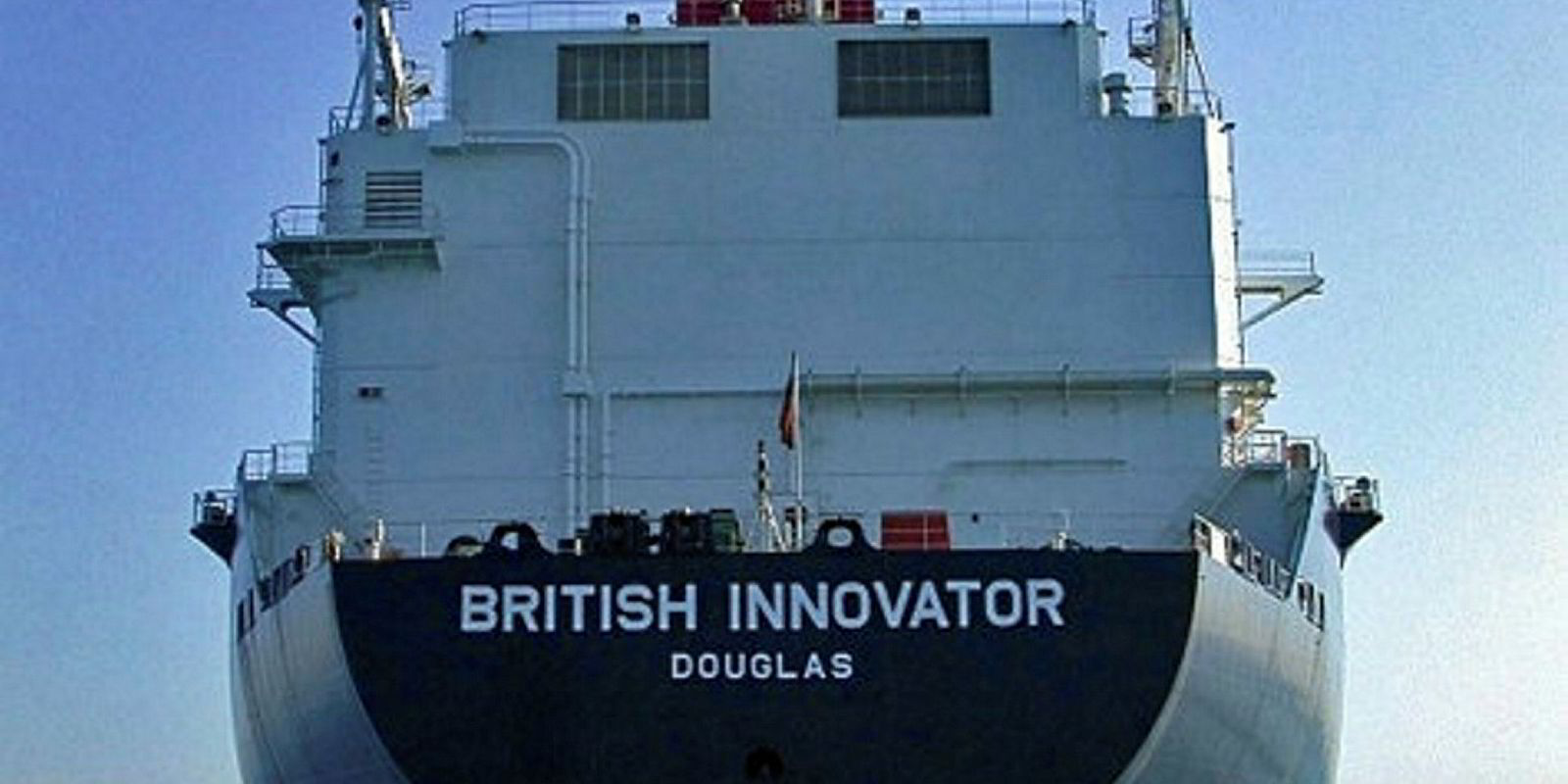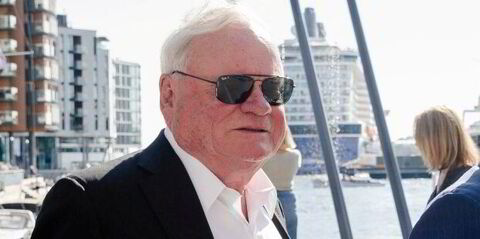South Korea’s Sinokor Merchant Marine has pulled one of its vessels out of a demolition sale with a view to returning it to the trading arena.
Demolition brokers have confirmed that the company saved the 125,568-cbm LNG carrier Adriatic Energy (built 1983) from the breakers' torches, suggesting that the laid-up vessel may be returned to the market.
The Moss-type ship, which the South Korean owner bought late last year from NYK Line when it was named the Echigo Maru, was reported sold for scrap in late August at the same time as Sinokor sold its 122,000-cbm West Energy (ex-LNG Lagos, built 1977) to demolition buyers in Bangladesh.
Sinokor does not typically comment on its commercial activities, and a spokesman did not reply to questions.
The Adriatic Energy was to rank as Sinokor’s third LNG scrap sale of the year.
In January, shipbrokers reported that the company had sold its 122,000-cbm East Energy (built 1976) to India for green recycling at $425 per ldt.
Rates shot up
But in the period since the Adriatic Energy’s sale was first reported, rates for LNG carriers have shot up on the back of sharply reduced vessel availability and increased cargo flow.
Sinokor has been playing a waiting game over the past few years. The owner has been steadily amassing a fleet of vessels, the bulk of which are in lay-up.
The company is now sitting on 13 ships, of which at least 10 are shown as being laid-up.
Last month, Sinokor fixed its first two LNG carriers for trading as the LNG shipping market turned sharply upwards and rates for modern units hit record highs of more than $200,000 per day.
The company chartered its most recently acquired vessel — the 138,000-cbm Singapore Energy (ex-British Innovator, built 2003) — to Vitol for up to 40 days from early November.
Sinokor also tied up its 127,180-cbm Grace Energy (ex-LNG Swift, built 1989) to Malaysia's Petronas.
The Grace Energy, which was put into Keppel Shipyard at the turn of the year, was the first of Sinokor’s LNG stash of parked vessels to be reactivated from lay-up.
While neither vessel attracted a high rate — largely because they were not in a cold condition and the company has no chartering record for this sector — market sources have suggested that Sinokor may be eyeing up other ships for reactivation.
They indicated that Sinokor’s 125,660-cbm Baltic Energy and 125,556-cbm North Energy (both built 1983) and 125,631-cbm Mediterranean Energy (built 1984) could be the likely first candidates to be returned to the market.





